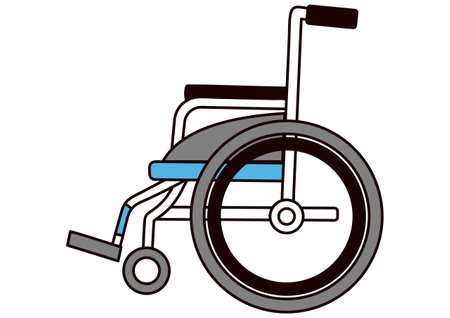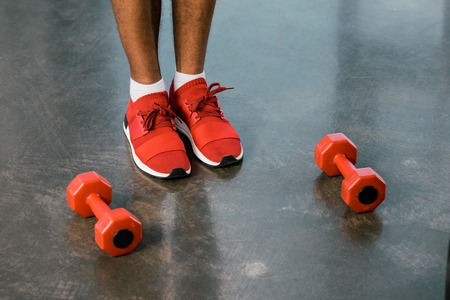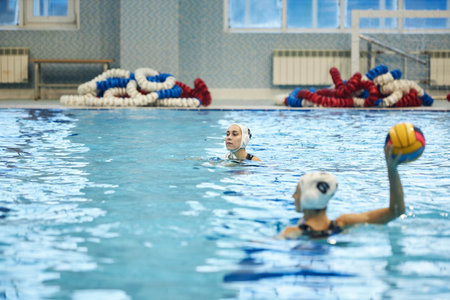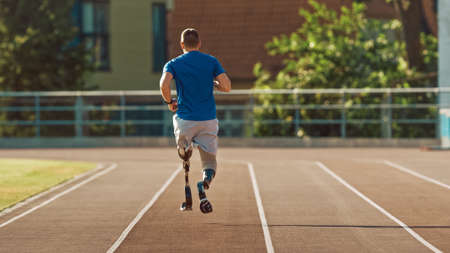Manual Therapy and Return to Work Programmes: British Approaches for Occupational Health
Overview of Manual Therapy in British Occupational HealthManual therapy has become an integral part of occupational health strategies across the UK, particularly in supporting employees’ recovery from work-related musculoskeletal conditions. In the British context, manual therapy encompasses a range of hands-on techniques, including mobilisation, manipulation, and soft tissue work, delivered by highly trained physiotherapists and…








